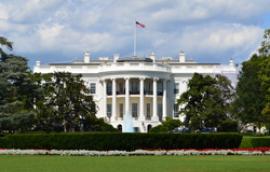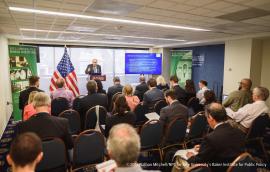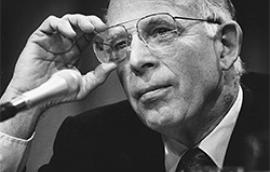Science Advice to the President
This paper reviews the membership, activities, and impact of the President's Council of Advisors on Science and Technology (PCAST) in the past four presidential administrations, and provides recommendations for PCAST to continue advising the president and generating science policy in the future.
Kenneth M. Evans, Kirstin R.W. Matthews August 24, 2018








